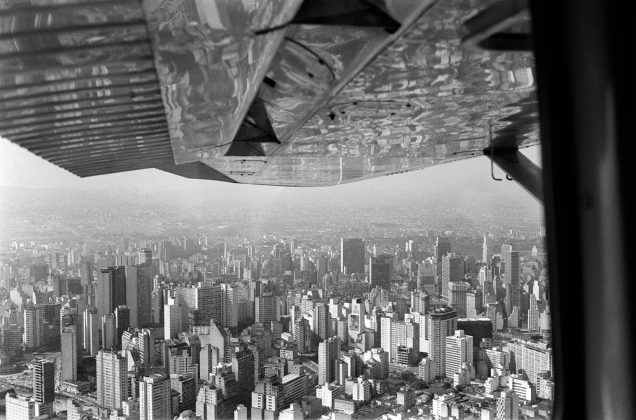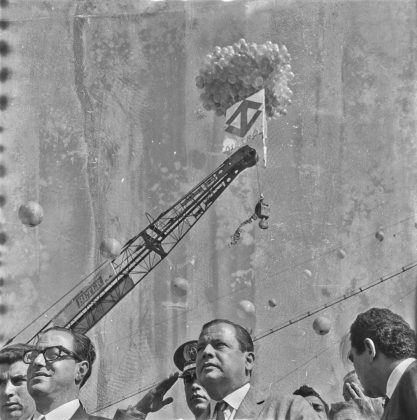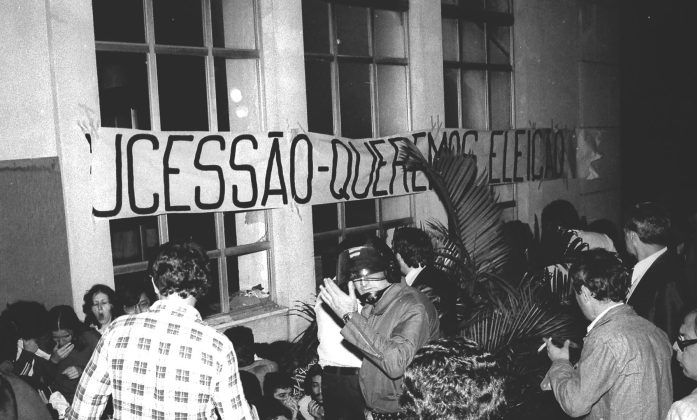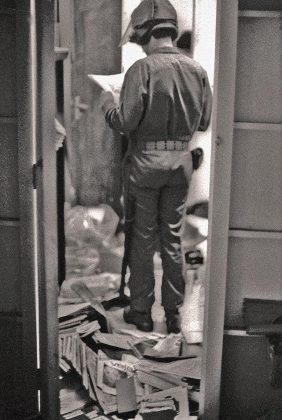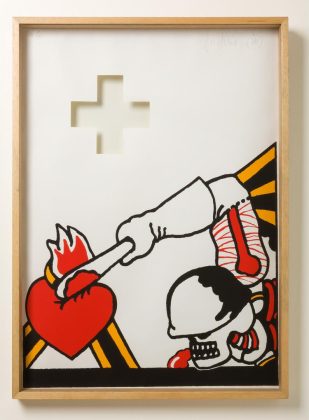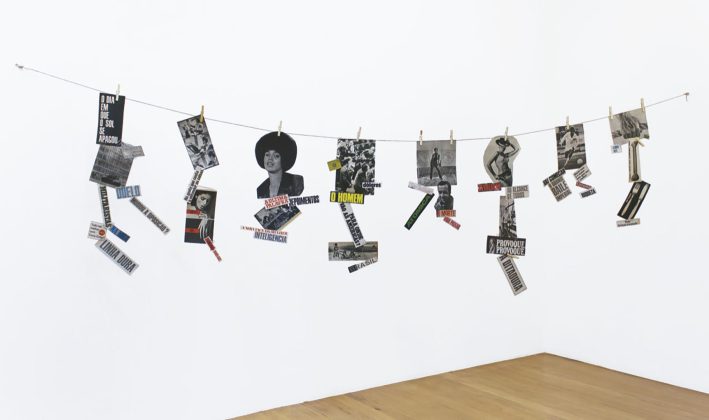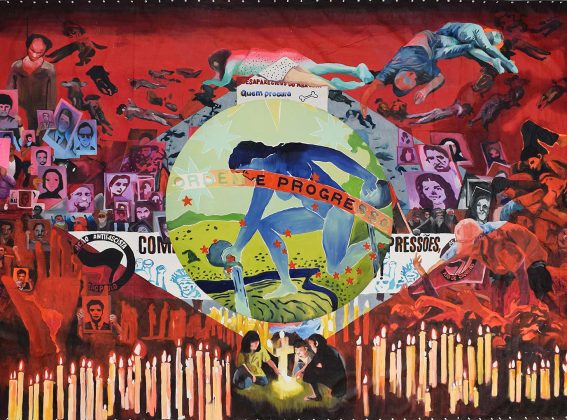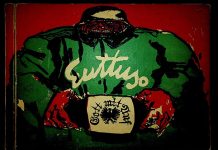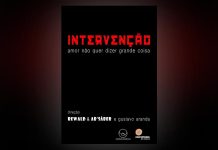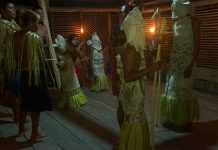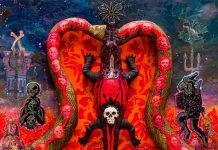The military coup of April 1, 1964 inaugurated a long period of authoritarianism, repression, abuse and violence in the country. Officially, the regime lasted 21 years. But its echoes and consequences are felt to this day, intensified by the recent authoritarian deviations of the Jair Bolsonaro government, which culminated in the failed attempt at uprising and seizure of power on January 8, 2023. The resurgence of speeches (and actions) of character authoritarianism ended up expanding the symbolic dimension of the 60th anniversary of the civil-military movement, further reinforcing the importance of the events planned to reflect and address the deeds and effects of the coup.
First of all, there is a network of institutions spread across the country whose primary function is to investigate and denounce the abuses of the period and which are planning major actions for this year, with exhibitions, debates and publications. To this permanent effort are added occasional exhibitions, strongly in tune with the theme, or specific poetic creations, efforts of reflection and regimentation of content that help to illuminate, in historical and conceptual terms, these moments of inflection in history. This brings about a practical and constructive effort to remember the past as a tool – theoretical and political – so that it does not haunt us permanently, combating denialism and repression.
The São Paulo Resistance Memorial, in addition to continuing its normal programming, will expand beyond its limits, holding events in partnership with other institutions, such as its neighboring Estação Pinacoteca. On the third floor of the building occupied by DEOPS, there will be a large exhibition of Alípio Freire's collection, which was recently donated to the Memorial and which brings together a series of memories of the struggle, prison and resistance produced by the journalist, artist and political activist . The Memorial also forms a partnership with PUC-SP, which brings the Resistências exhibition to the museum space, an exhibition that tells the story of PUC and deals with important moments of the institution's resistance to the excesses of the dictatorship.
The Pernambuco Democracy Memorial, an institution opened at the end of 2022, also scheduled a series of actions commemorating the date of the uprising. On April XNUMXst, the democracy square will be inaugurated in Abreu e Lima (PE), the same place where the first act of the Diretas Já movement took place, and an act in favor of democracy and repudiation of dictatorship took place. In the following days, a literary exhibition and the Art and Resistance exhibition will be opened in the new space.
Another institution whose trajectory is closely linked to antagonism towards the dictatorship – being even listed by the municipality and state of São Paulo as a “place of memory of resistance” – is the MariAntonia Center. On view from March 19th, the exhibition “Landscape and power: constructions of Brazil during the dictatorship”, focuses on a fundamental, but less elaborate, aspect of the effects left by more than 20 years of authoritarianism in the country: the form how successive military governments changed spatiality in the country, consolidating a model of greater regional integration, very centralized planning institutions and intensification of inequalities.
“They acted with a heavy hand, imposing a development model at any cost and stifling many voices”, explains José Lira, director of MariAntonia and curator of the exhibition together with other invited researchers and – like him – linked to the Faculty of Architecture and Urbanism of the USP. This is a historical, documentary exhibition, which will be divided into four main axes, which function as layers of the same process: the transformation in cities and ways of living, with the emergence of peripheries and the generalization of favelas throughout the world. country; the relationship between industrialization and mining; regional integration and expansion projects, which end up being responsible for the material prosperity of the center-west and Amazonia and consolidate in the northeast an agricultural model supported by the old oligarchies; and the development of highways, roads, as a way of promoting national integration and exploitation of resources. In addition to the exhibition, which also has a specific room about São Paulo, a series of events, debates, seminars and intense educational work will be held, offering visits to schools and universities, enhancing the effects of research that covers many themes. , such as geography, history, social and natural sciences.
The CCBB will bring, at its four headquarters (São Paulo, Belo Horizonte, Brasília and Rio de Janeiro), the Arte Underdesenvolvida exhibition. According to curator Moacir dos Anjos, this is an investigation, from the field of art and culture, into the challenges of underdevelopment in Brazil and important sections of the exhibition deal with the effects and resistance to the violence of the coup and its subsequent hardening, with Institutional Act No. 5, such as the texts Eztetyka da Fome, by Glauber Rocha, and Brasil Diarréia, by Hélio Oiticica. Dos Anjos is also preparing for the Joaquim Nabuco Foundation, in Recife, a historical exhibition about the Popular Culture Movement (MCP), which was active in the early years of the 1960s, until it was closed by the coup. There will be more than 60 photographs and more than 100 documents, posters, folders, works of art, period publications, etc. reunited for the first time. Opened in April, the exhibition will remain on display for six months.
The connection between memory and erasure, construction and deconstruction of ideological discourses that permeate the most different dimensions of society is not only a fertile field of work for researchers, but also for artists. In October last year, Rivane Neuenschwander exhibited in São Paulo a set of works in which she revisits memories and traumas connected to the political use of fear, continuing research she began in 2014 into childhood memories and fears. Part of this research will also be shown in the large exhibition that the artist is due to hold in October, in Inhotim.
For a long time, Rivane collected testimonies of memories about the period of the dictatorship and some of these stories were given new meaning in the form of works. “It works like a ball of yarn that you unwind,” says the artist. There are impressive stories, such as the reference to the arrest and torture of nine Chinese shortly before the coup, accused of subversion and trying to “assassinate” the then governor of Guanabara, Carlos Lacerda, with acupuncture needles. It would be laughable if it weren't dramatic, generating an interesting metaphor about the “tension points” of the Brazilian social organism. Alternative press, business complicity with the coup, persecution of African-based religions are among the threads that the artist follows, symbolically recreating what she calls a “subjective portrait of Brazil at that time”, recalling a violence that still reverberates. And not just in the symbolic field.
Sometimes the help of chance also contributes to the encounter between memory indices becoming a poetic reflection on social traumas. This is the case, for example, of Juliana Kase. Through a friend, a large set of propaganda clichés from the military regime came into his hands, which were distributed throughout the country to broadcast propaganda about the regime's “deeds”. She reprinted all this material and developed a long research, exhibited a few years ago at Paço das Artes. “Aesthetics become ethics”, summarized the artist, emphasizing: “because even those who have not been victims of torture or violence practiced by the State are also victims of ideological conditioning and a brutalization of human relationships without realizing it.” ✱
Instituto MariAntonia/show Landscape and Power
Exhibition shows the marks of military intervention in the country, which sought greater regional integration, imposing a development model at any cost and intensifying inequalities. The exhibition has four areas: the transformation in cities and ways of living, with the emergence of peripheral areas and the generalization of favelas throughout the country; the relationship between industrialization and mining; regional integration and expansion projects, which end up being responsible for the material prosperity of the center-west and Amazonia and consolidate in the northeast an agricultural model supported by the old oligarchies; and the development of highways, roads, as a way of promoting national integration and exploitation of resources.
What country is this? Jorge Bodanzky's camera during the Brazilian dictatorship, 1964-1985/IMS-SP
Exhibition brings together visual production by filmmaker Jorge Bodanzky (photos and films) throughout the period of the dictatorship. In it, Bodanzky deconstructs the idea of progress propagated by military governments and exposes fundamental issues such as repression, violence and environmental destruction. In addition to the exhibition, there is also a retrospective of films by the author of titles such as Iracema, uma Transa Amazônica.
Resistances, at PUC-SP
Exhibition at the Memorial da Resistência, in Largo General Osório brings together images of the invasion that took place in September 1977 at PUC in São Paulo. Dictatorship soldiers commanded by Colonel Erasmo Dias invaded the university. Around a thousand students were arrested, some injured. In the photos by Helio Campos Mello above, students and police officers face each other and, inside the vandalized DCE, a soldier moves and examines documents.
Blazing sun: archives of life and resistance/Pinacoteca Station
The exhibition is part of the Alípio Freire Collection, donated to the Memorial da Resistência in 2023, in dialogue with contemporary works made by people in prison, as well as works belonging to the collection of the Pinacoteca de São Paulo and the collectives Mulheres Possíveis and Bajubá.



